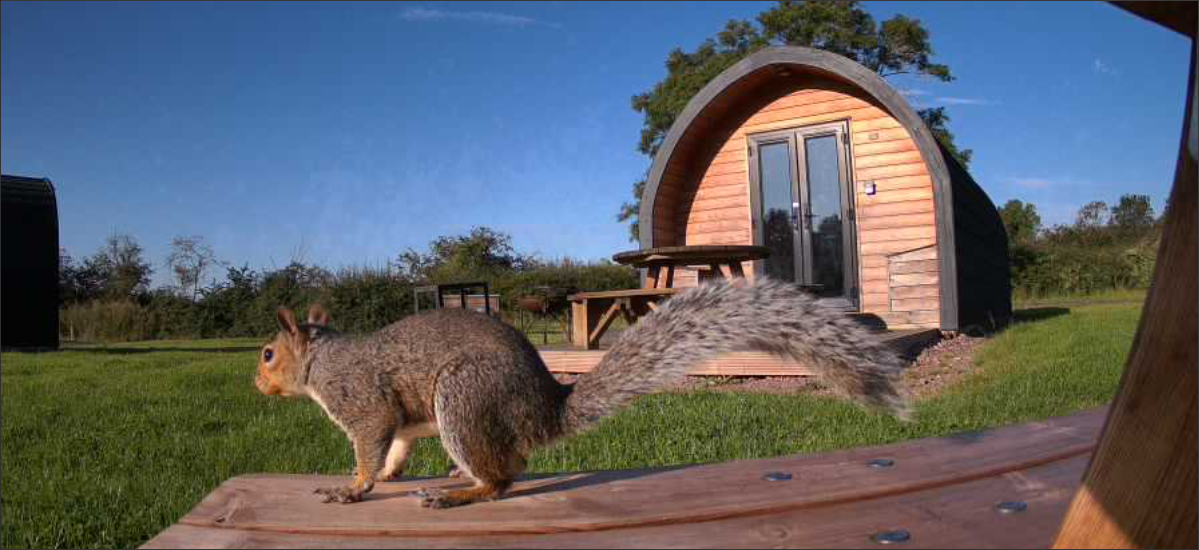Ecology and Wildlife
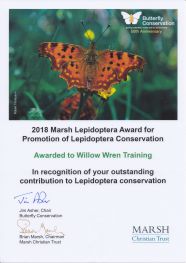 In 2018, Nelson's Wharf was honoured by the presentation of the 2018 Marsh Christian Trust Award for Promotion of Lepidoptera Conservation by Butterfly Conservation.
In 2018, Nelson's Wharf was honoured by the presentation of the 2018 Marsh Christian Trust Award for Promotion of Lepidoptera Conservation by Butterfly Conservation.
The award reflect years of work at the Wharf with a great deal of help from the superb staff and volunteers of the Warwickshire Branch of the Butterfly Conservation.
Nelson's Wharf is adjacent to the ten acre Stockton Cutting Site of Special Scientific Interest, (SSSI), of which approximately eight acres is on Nelson's land. The SSSI is managed on our behalf by the Warwickshire Wildlife Trust and Butterfly Conservation.
Learn more about Warwickshire Wildlife Trust here and Butterfly Conservation here.
Nelson's Wharf has always been as environmentally friendly as possible by the use of Eco friendly cleaning products, formaldehyde-free toilet fluid and recycling as much as we can. All the buildings at the Wharf are extremely well insulated and heated by a ground source heat pumps which in turn are partially powered by some 14Kwh of PV solar panels. The buildings are relatively carbon neutral and made predominantly from sustainable timber including the Western Red Cedar cladding.
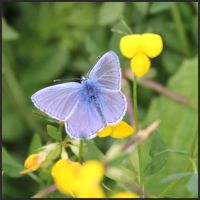 When the first building was erected, we created a wildflower meadow using a seed mix made up to a special recipe which matches the natural flowers on this soil in this region. We now have a natural meadow which has been inhabited by the many invertebrates including the Common Blue butterfly. The butterfly isn't very rare but it is the fact that it has populated the area so quickly that makes it significant especially in an area that was chest high with brambles and nettles a few years ago.
When the first building was erected, we created a wildflower meadow using a seed mix made up to a special recipe which matches the natural flowers on this soil in this region. We now have a natural meadow which has been inhabited by the many invertebrates including the Common Blue butterfly. The butterfly isn't very rare but it is the fact that it has populated the area so quickly that makes it significant especially in an area that was chest high with brambles and nettles a few years ago.
Many hedges on the land have been laid both formally and informally which has created great habitat for for birds and butterflies.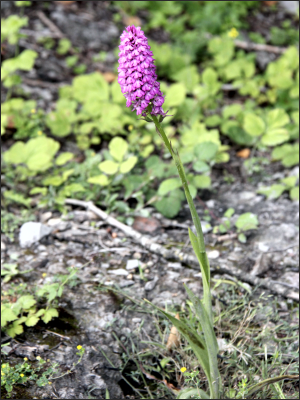
Trees and Shrubs
We are naturally proud of our ecology strategy. We have now planted over 2000 trees and shrubs including Elm, Cherry, Crab Apple, Holly and Oak with another 1000 hedging plants plus 25 Silver Birch. We have also been improving the grassland on our fields including grazing with rare breed sheep.
Orchids
At certain times of the year, wild orchids can be seen on the land including Pyramidal, Common Spotted and Bee Orchids.
Butterflies
Work continues in association with Warwickshire Butterfly Conservation.
Birds and Mammals
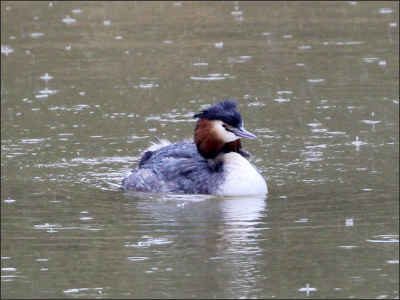
The Grand Union Canal that runs alongside the site is a great environment to see many waterfowl including Great Crested Grebes, Herons, Swans and the occasional visiting Cormorant. The land is also home to thriving populations of Fox, Muntjac and Roe Deer many of which are visible during daylight hours.
